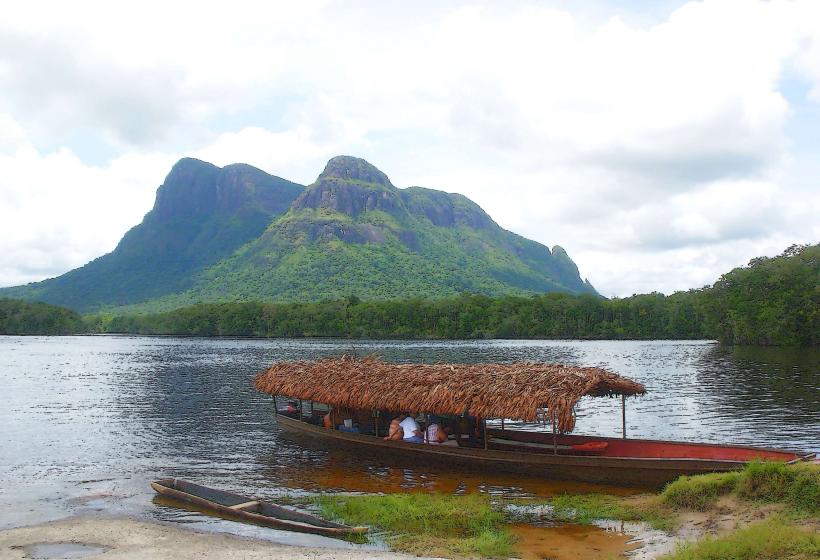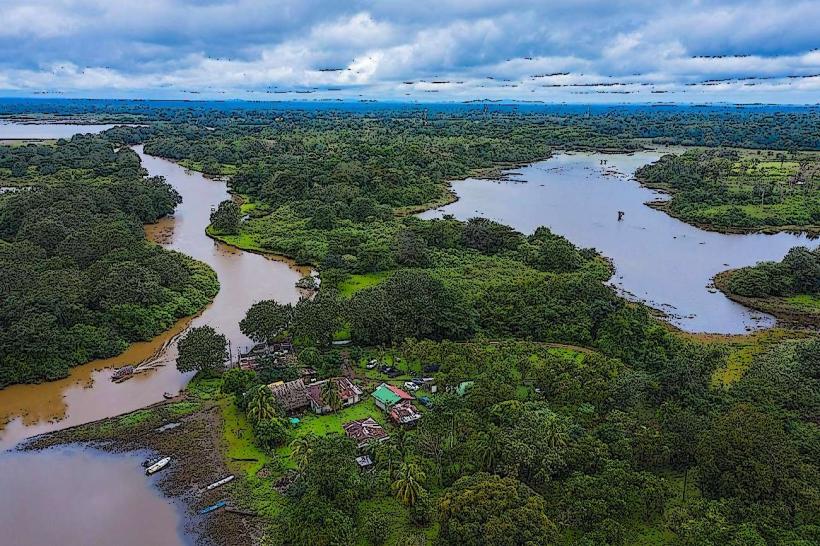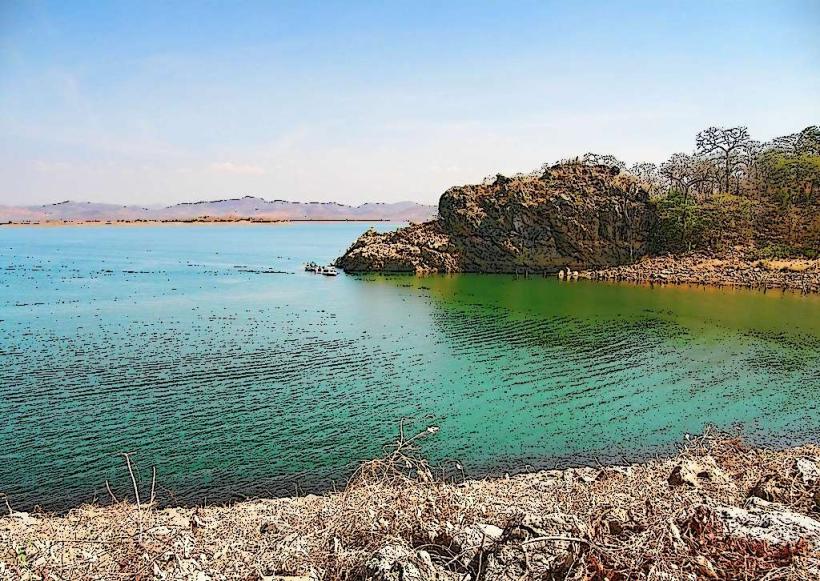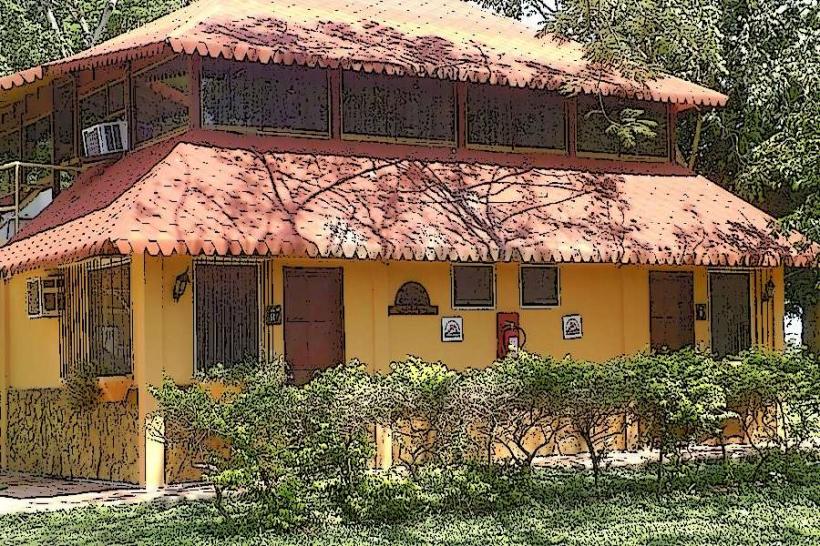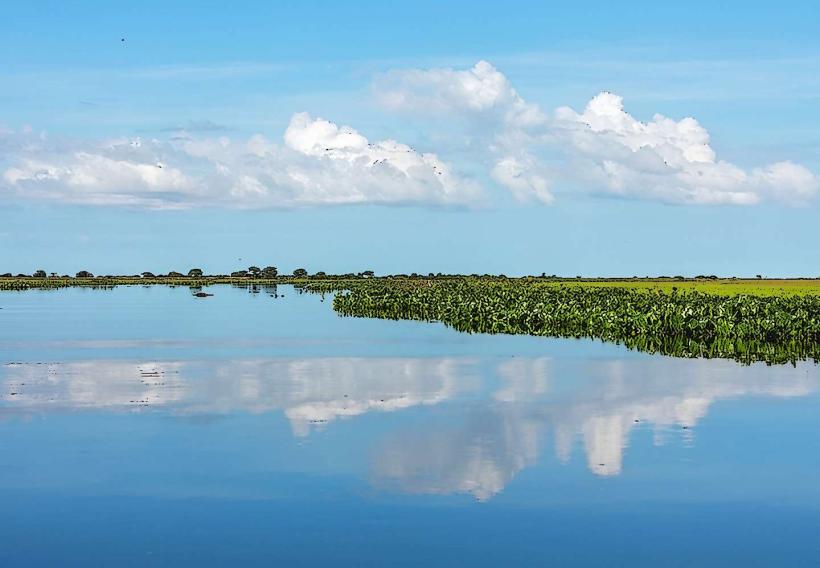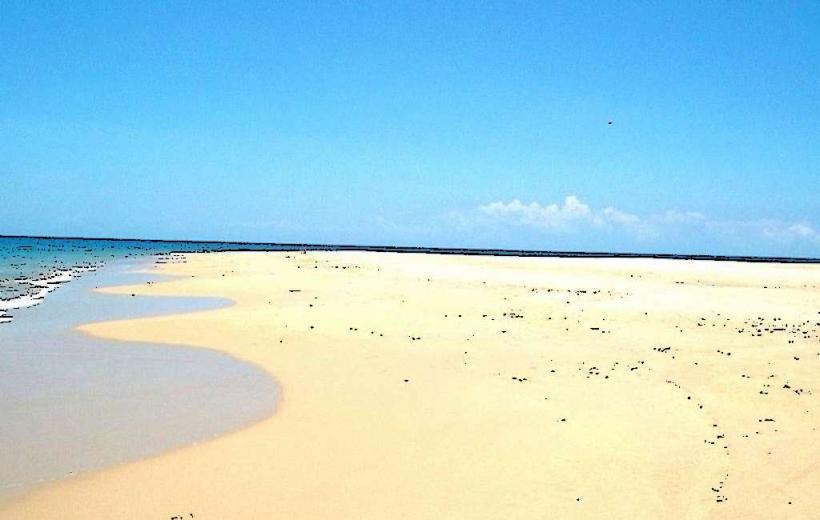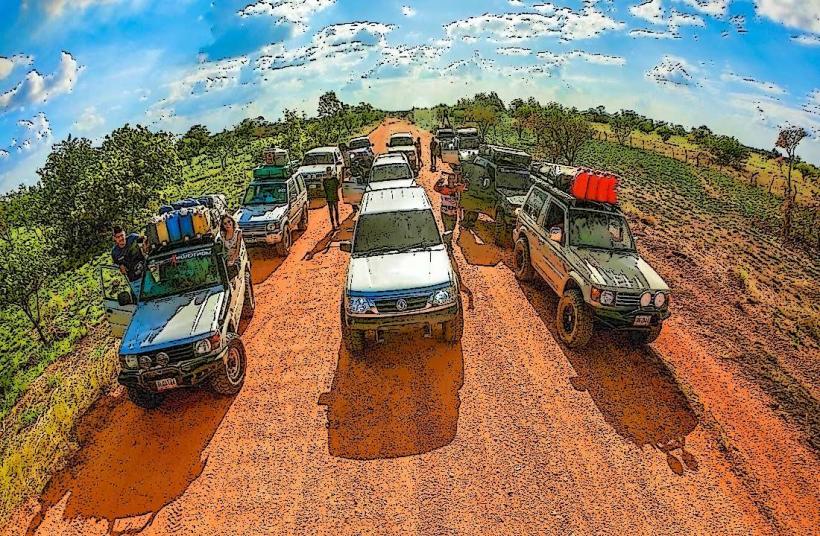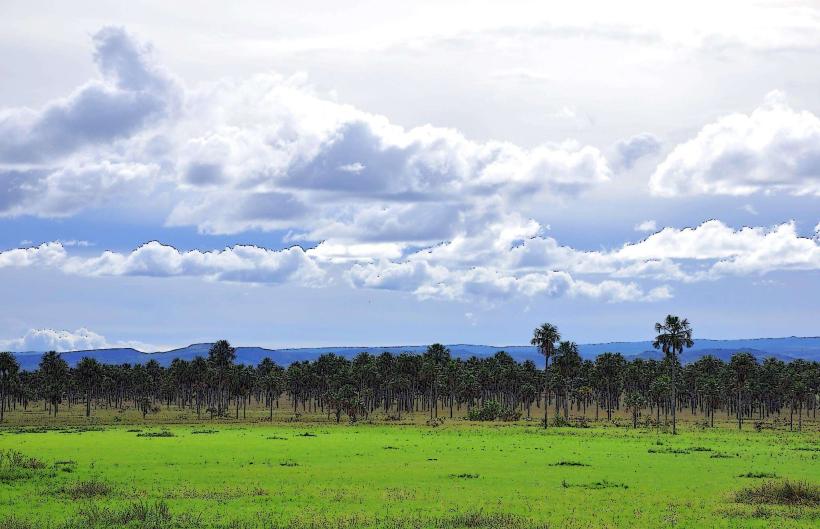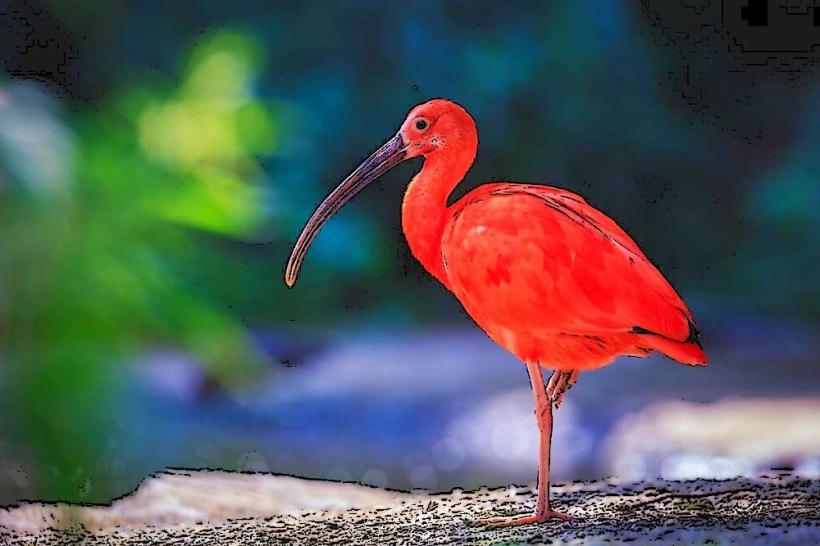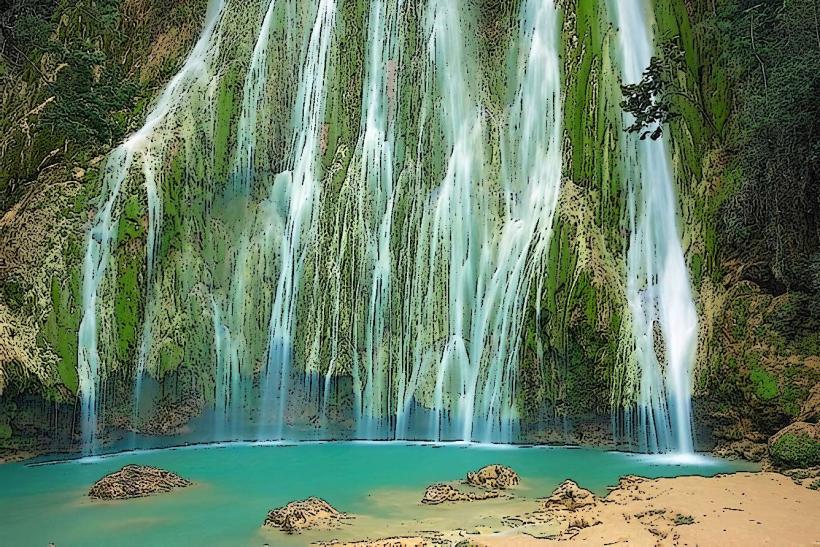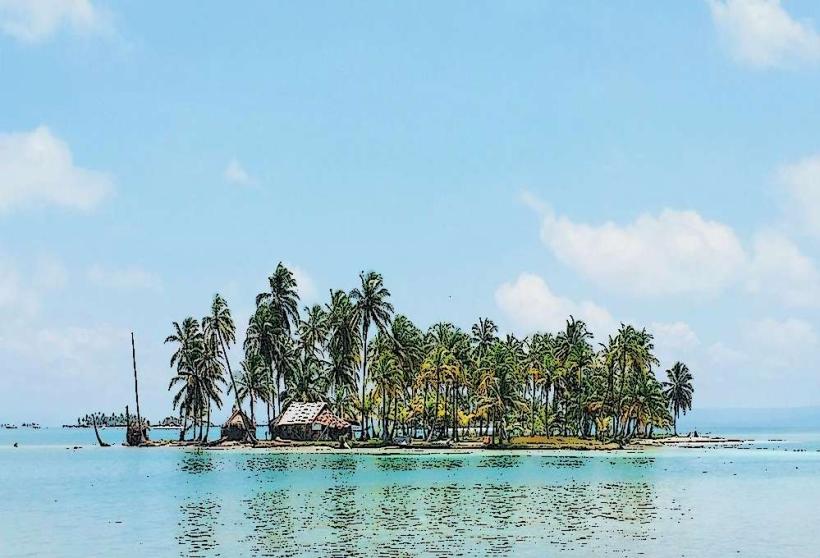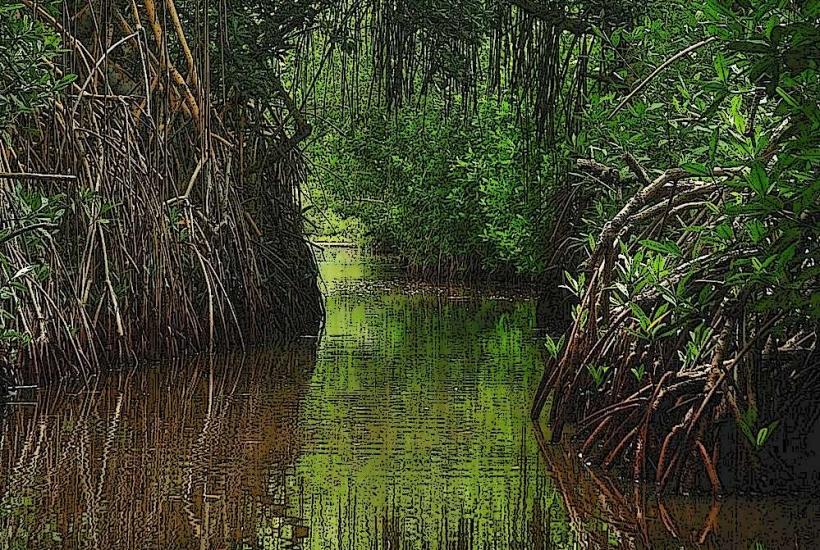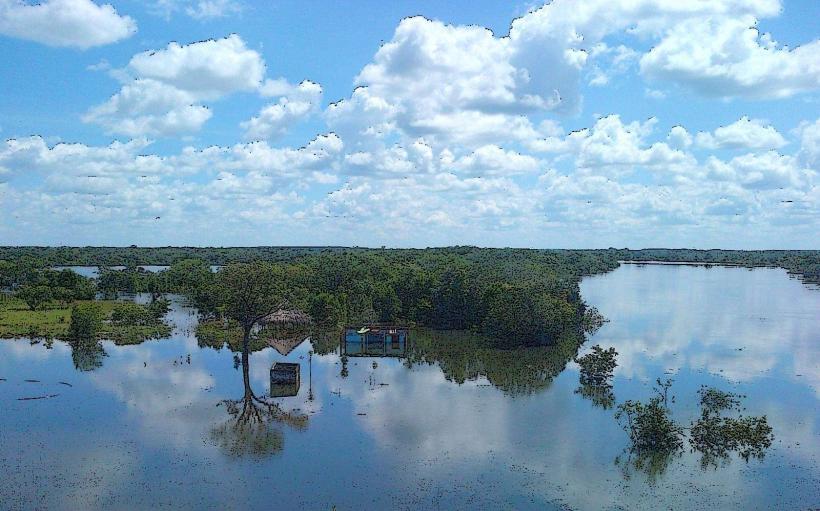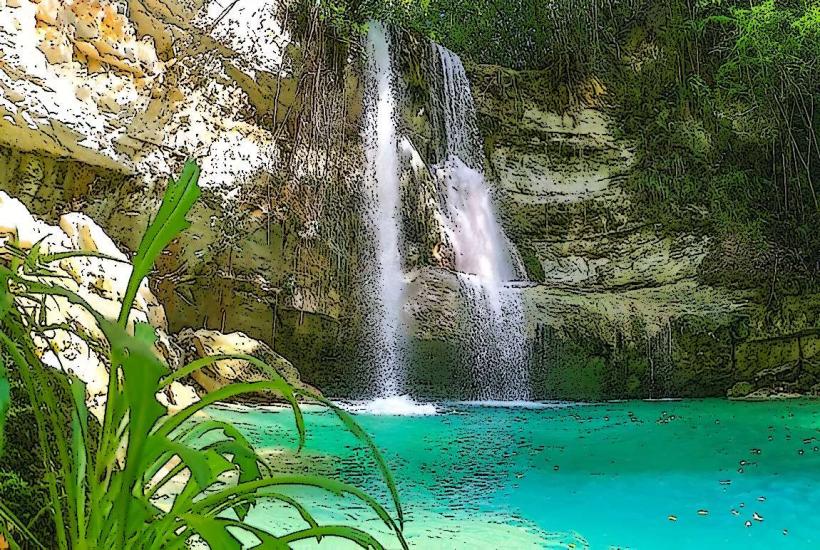Information
Landmark: Los Llanos WetlandsCity: Los Llanos
Country: Venezuela
Continent: South America
Los Llanos Wetlands, Los Llanos, Venezuela, South America
Overview
As you can see, The Los Llanos Wetlands form the heart of this sweeping tropical savanna, a wild expanse stretching across Venezuela and spilling into Colombia, where tall grasses sway under a blazing sun, moreover stretching across flooded plains, seasonal wetlands, and winding rivers, this immense landscape teems with life, rivaling Brazil’s Pantanal for sheer spectacle.In Venezuela, these wetlands are alive with herons lifting off the water and capybaras grazing at the shore, sustaining a remarkable variety of birds, mammals, and aquatic life, and seasonal shifts transform the land-swollen rivers spilling into wide floodplains in the rains, then sun-baked savannas stretching to the horizon in the dry months-drawing nature lovers, wildlife photographers, and eco-tourists from across the globe.The Los Llanos Wetlands sprawl across Apure, Barinas, Portuguesa, and Guárico, a broad sweep of lowland lying between the towering Andes and the wide, leisurely curves of the Orinoco River basin, on top of that from May to November, heavy rains swell the rivers until they spill across the plains, flooding the grasslands into a vast wetland where herons stalk the shallows and fish dart beneath the surface.From December to April, the water pulls back, revealing wide stretches of sun-bleached grass where herds crowd the muddy edges of what’s left, while main rivers like the Apure and its winding tributaries shape the wetland’s life, carrying silt-rich water that feeds its marshes.The Orinoco River provides much of the region’s water, its muddy currents winding past villages and dense green banks, and the Los Llanos wetlands rank among South America’s richest wildlife havens, where you might spot scarlet ibises winging overhead along with over 400 bird species, plus an array of mammals, reptiles, and amphibians.As far as I can tell, Birdlife bursts here-a true paradise for birdwatchers-where scarlet ibis flash red against the water, jabiru storks wade slowly, and roseate spoonbills, herons, and egrets flourish in the wide, flooded plains, likewise black skimmers slice low over the water, while kingfishers dive headfirst and osprey wheel overhead along the rivers.In the farther reaches, you might catch sight of the striking Orinoco goose or a harpy eagle drifting high above the treetops, to boot capybaras, the world’s largest rodents, gather in enormous groups along the edges of rivers and ponds.Giant anteaters shuffle through the sun-baked grass, while armadillos trundle nearby, furthermore tapirs wander the thick, shadowy parts of the forest, where jaguars prowl in silence.Howler monkeys and squirrel monkeys make their homes in the gallery forests that hug the riverbanks, where the air smells of damp leaves and moss, in turn in the wetlands, it’s easy to spot reptiles and amphibians-a caiman basking on a muddy bank, or an anaconda sliding through the reeds.The Orinoco crocodile, among the rarest of its kind, lives in just a few remote stretches of riverbank where the water runs languid and green, furthermore turtles bask on the rocks, while frogs and radiant dart frogs hop along the muddy riverbank.Piranhas swarm the rivers, flashing silver in the murky water among other thriving aquatic life, not only that in the deeper waters, giant catfish cruise slowly while electric eels flash through the murky like sudden streaks of lightning.Top Things to Do in Los Llanos Wetlands - this vast, sunlit paradise draws adventurers, nature lovers, and anyone eager to spot a heron lifting off from the reeds, as a result first.Hop in for a wildlife safari or a bumpy jeep ride, rolling across open savannas and shimmering wetlands to catch sight of elephants, antelope, and sparkling flashes of wings overhead, equally important the dry season’s prime for spotting wildlife, when thirsty herds crowd the muddy edges of shrinking waterholes.Number two, simultaneously glide by boat or canoe through the lush seasonal wetlands and shadowy flooded forests, spotting luminous-winged birds, watchful caimans, and sleek river dolphins along the way.You’ll spot the most wildlife on boat trips at sunrise or sunset, when the water glows gold and animals stir along the shore, while number three.As it turns out, Birdwatching is best in the rainy season, when the wetlands brim with water and herons crowd the reed-lined banks, consequently local guides learn where to find rare wildlife, from a flash of a radiant bird in the canopy to a shy animal hiding in the undergrowth.As far as I can tell, Number four, in turn on our fishing trips, you’ll try catch-and-release with species like sharp-toothed piranhas or hefty catfish tugging hard on the line.Number five stood there, minute and plain, like a chalk mark on a schoolroom board, while ride across the wide, golden savannas on horseback, feeling the warm wind whip past, just like the local llaneros do, under certain circumstances Ride across open grasslands, splash through cool rivers, and glide over quiet wetlands, spotting wildlife just a few feet away, meanwhile in the wide, wind-swept wetlands of Los Llanos, the llaneros-Venezuela’s legendary cowboys-have worked the land and herded cattle for generations, maybe Music and dance thrive here, especially the lively joropo-a quick-stepping folk style driven by the vivid strum of guitars, the deep hum of harps, and the sharp rattle of maracas, after that cattle Ranching: Llaneros ride with easy skill, driving herds across the plains, carrying on a way of life that began in the colonial era.Local cuisine features carne en vara, tender beef skewered on sticks and unhurried-roasted over open flames, a favorite tradition of the llanero plains, likewise the Los Llanos Wetlands play a crucial role in protecting biodiversity, offering nesting sites for flocks of migratory birds and shelter for rare creatures like the Orinoco crocodile and the sleek, elusive giant river otter, mildly Deforestation and the clearing of land for cattle ranching and crops threaten the ecosystem, stripping away forests until only dry stumps remain, along with people hunt and poach animals such as caimans, turtles, and jaguars, sometimes leaving muddy tracks and broken shells behind.Climate change and poor water management are driving seasonal floods, turning quiet streets into rushing streams, not only that local and international conservation groups are working to protect wetlands, bring back endangered species, and promote eco-tourism as a sustainable alternative to traditional land use, from restoring reed beds to guiding visitors along quiet boardwalk trails.To reach the Los Llanos wetlands, start from Barinas, San Fernando de Apure, or Mantecal-bustling towns where dusty roads lead straight into the floodplains, alternatively most visitors fly into Caracas, then hop on a short domestic flight or catch a bus winding through the hills to reach the region.Accommodations range from cozy eco-lodges and rustic ranches to wild camping tours under star-filled skies in remote corners, after that the best time to visit is during the dry season, from December to April, when the air is clear, the grass thins, and animals gather at watering holes-perfect for safaris and wildlife spotting.From May to November, the rainy season brings lush greenery-an ideal time for spotting sparkling parrots or gliding along the river by boat, what’s more why not wander out to the Los Llanos Wetlands, where pink ibises sweep low over silver water?In the Los Llanos Wetlands, you’ll find Venezuela’s wildlife at its most vibrant-scarlet ibises lifting off at dawn, sweeping grasslands that seem to stretch forever, and traditions rooted deep in the region’s history, moreover visitors can set out by boat, ride horseback, or bounce across rugged trails in a 4x4, sinking into one of South America’s last wild frontiers.If you’re after a true off-the-beaten-path adventure, head to Los Llanos, where you might spot scarlet ibises lifting off in a sudden blaze of red and meet some of the world’s most remarkable wildlife.
Author: Tourist Landmarks
Date: 2025-09-19

